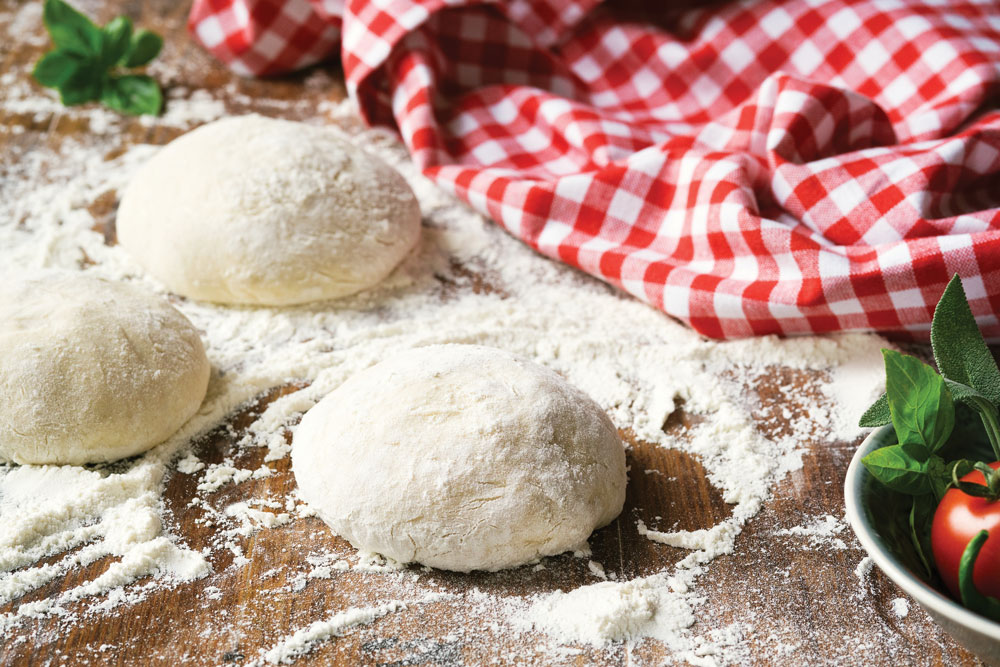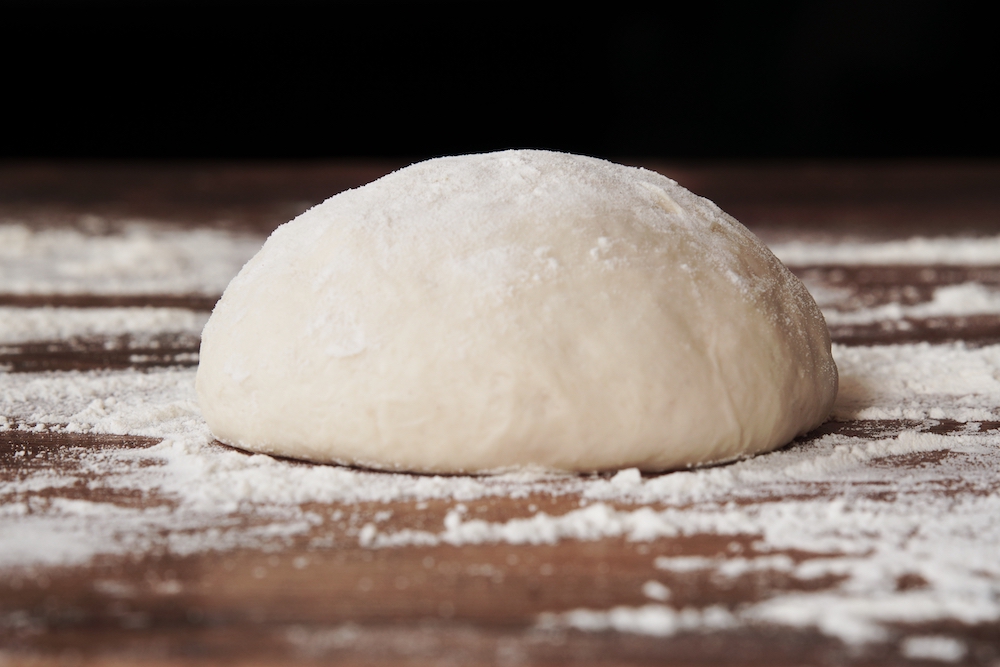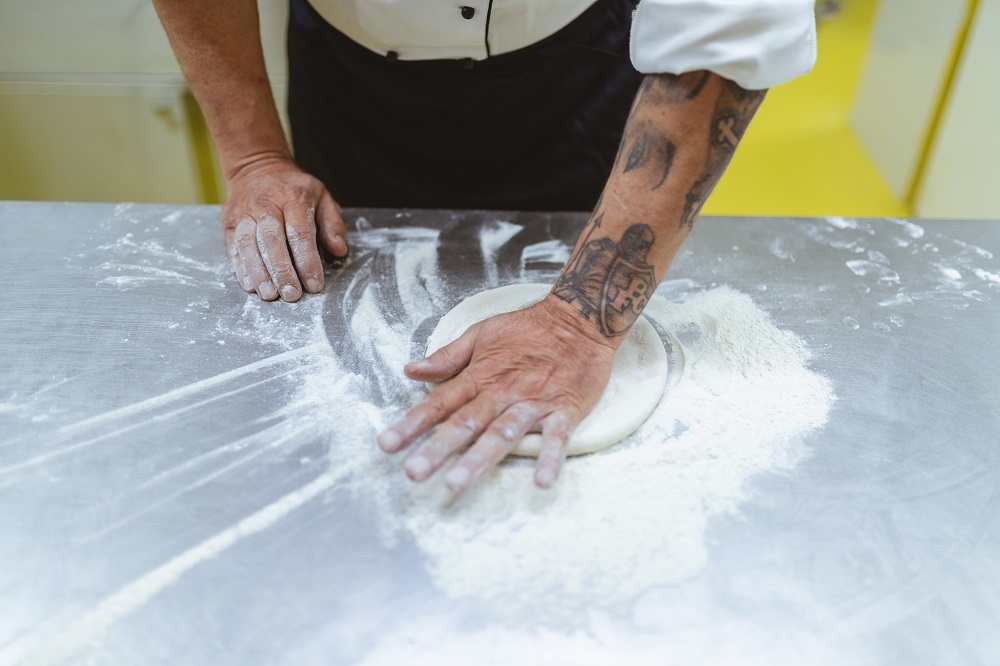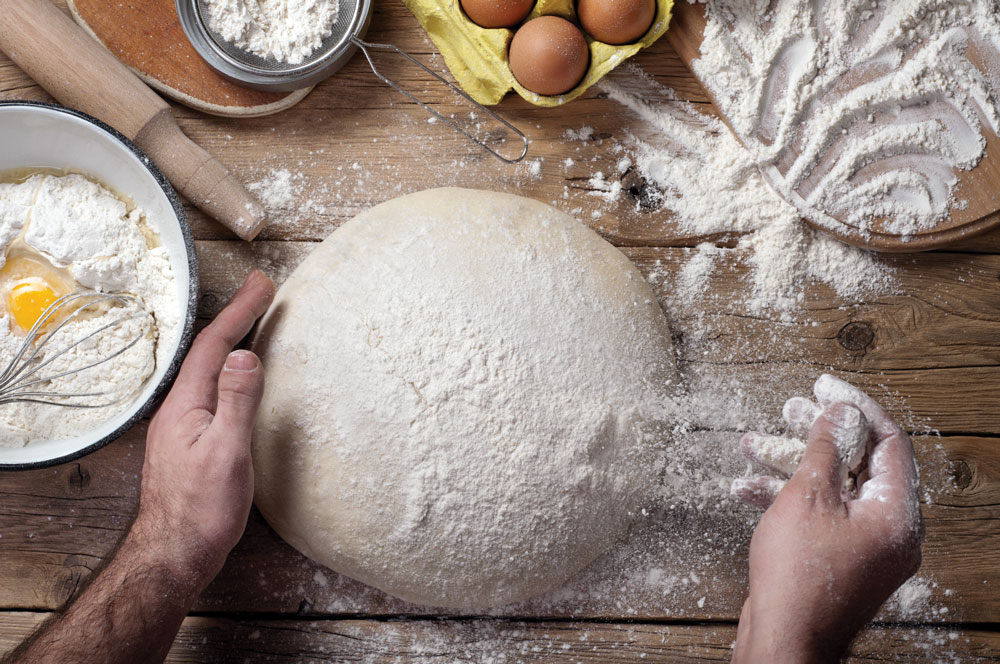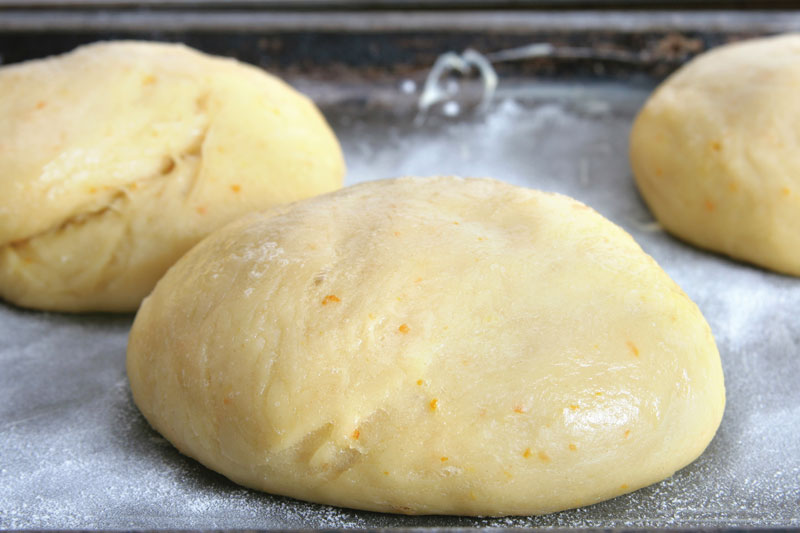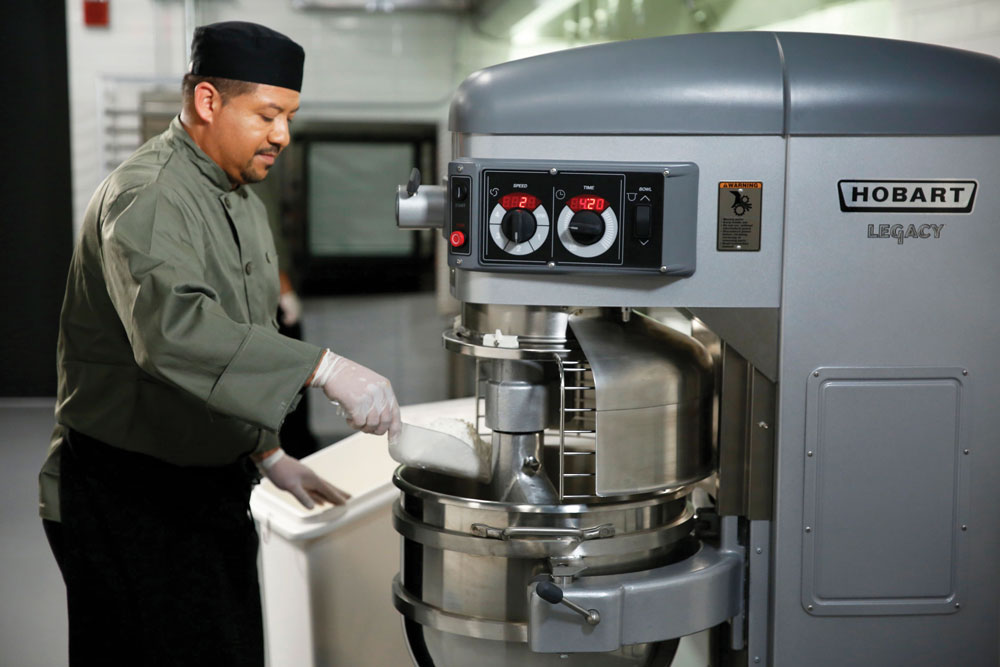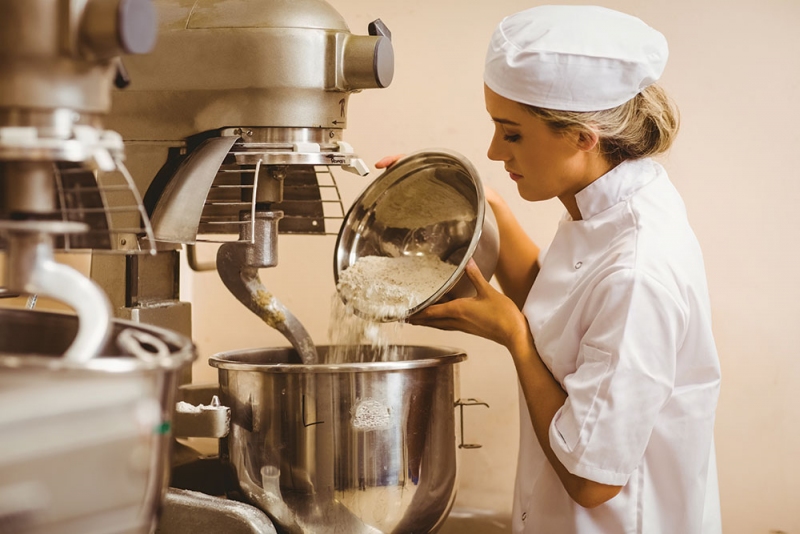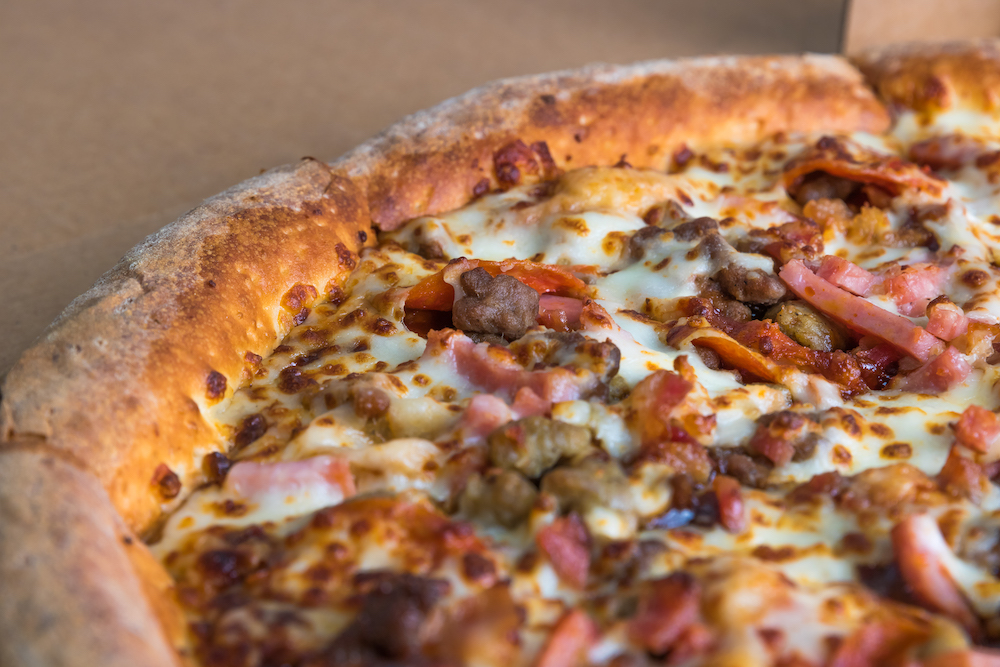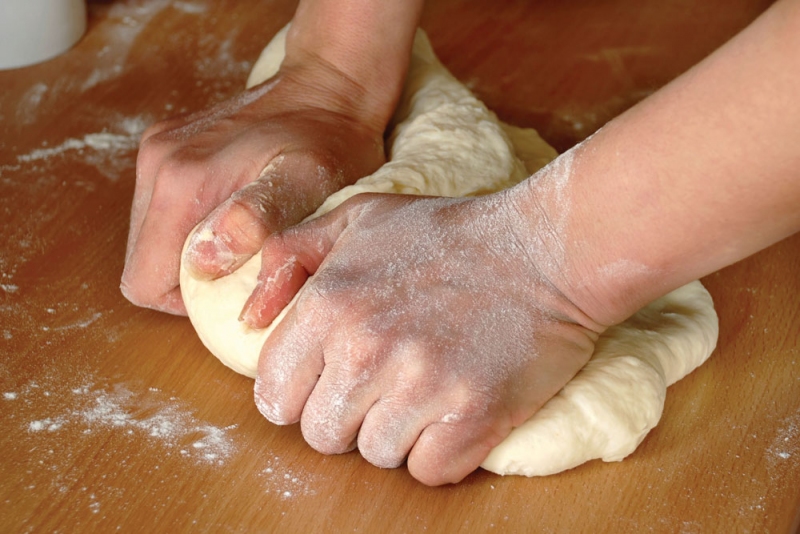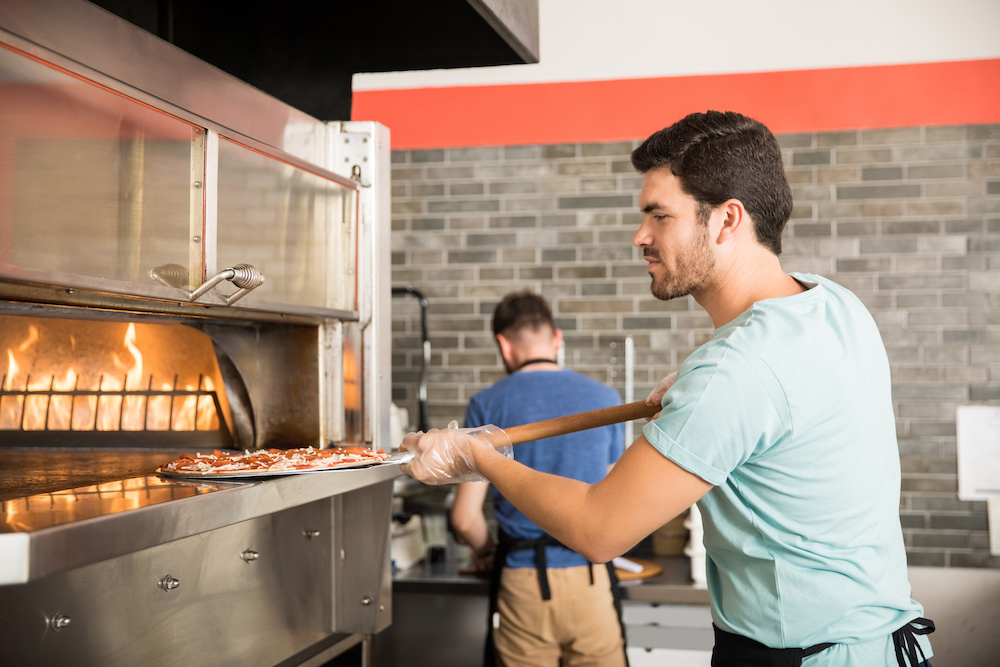We sometimes find our dough balls have lost their shape and grown together in the dough box. Why does this happen?
We often don’t fully appreciate the effect of temperature on yeast-leavened dough systems. Temperature truly drives fermentation. In your case, I assume great care was taken to control all other aspects of dough mixing and dough management, so there must be another problem. And that problem is temperature. In addition to measuring the temperature of our water, we should also measure the temperature of the finished (mixed) dough. After all, why are we measuring the water temperature? To make sure we achieve the desired finished dough temperature. Thus, we also need to verify that we are consistently achieving that finished dough temperature.
Variations in the actual bowl temperature can be caused by exposure to heat in the room or by the mixing of multiple doughs back-to-back. Both can and will impact the finished dough temperature. This problem often can be traced back to a period when high sales were anticipated and multiple doughs were mixed back-to-back while always using the same dough water temperature. The result: The finished dough temperature kept creeping up higher and higher with each new dough. The warmer doughs ended up fermenting faster, which causes the dough balls to grow together.
Another often-overlooked issue is the temperature of the dough balls at the time that the boxes of dough are down-stacked and sealed for the bulk of the cold-fermentation period. While many operators leave their dough boxes cross-stacked for a fixed period of time before down-stacking, they forget that dough balls of different weights will need to be cross-stacked for different lengths of time. Specifically, the heavier the dough ball, the longer it will need to be cross-stacked.
How do you know when your dough boxes have been cross-stacked for a sufficient amount of time? If you’re thinking it comes down to temperature, you’re thinking right. Using a stem-type thermometer, insert it into a dough ball and measure its temperature. If you plan to hold the dough balls in the cooler for no longer than 24 to 36 hours, 55°F is a good temperature to aim for. However, if you plan to hold them for 48 hours or more, it’s best to target a temperature of 50°F before down-stacking the boxes. These temperatures apply whether you are using a walk-in or a reach-in cooler.
Tom Lehmann was the longtime director of bakery assistance for the American Institute of Baking and is now a pizza industry consultant.



